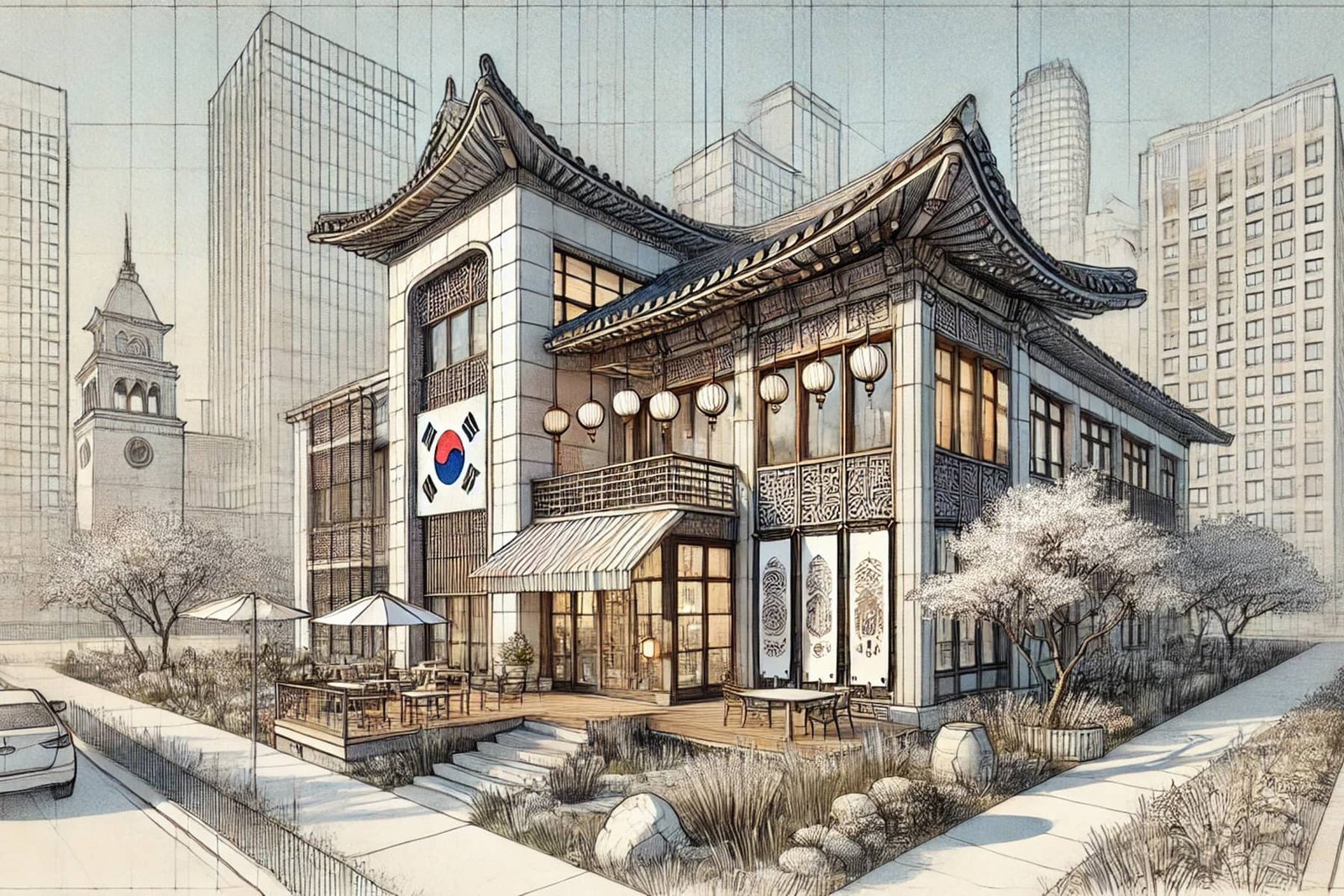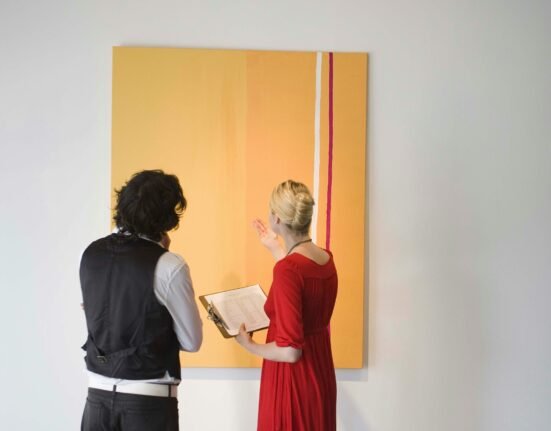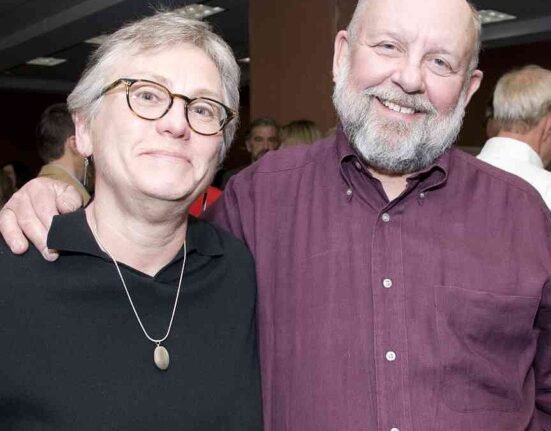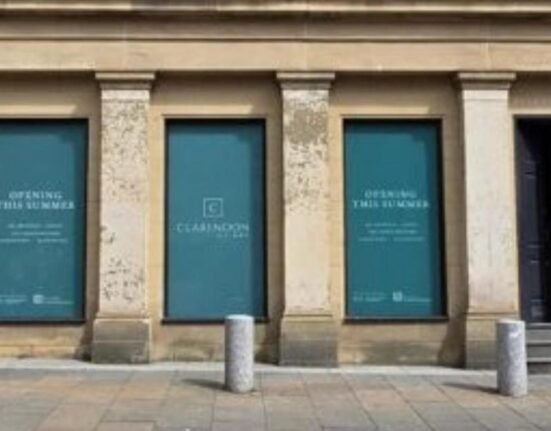The unique initiative comes from a long-held dream by SeonJoo So Oh, a Milwaukee artist, educator, and businesswoman.
When she moved to Milwaukee in 2006, SeonJoo noticed that while Korean companies like Samsung, Hyundai, and LG were well-known, the cultural and artistic aspects of Korea were not as recognized.
“When I started graduate school at the University of Wisconsin-Milwaukee, I began to see the importance of sharing Korean culture,” said SeonJoo. “I worked with a Korean school in Milwaukee, teaching Korean language and art to second-generation Korean Americans. Many of their parents, the first generation, had lived here for a long time but still faced language barriers, making it difficult for them to connect with the American community.”
In 2007, SeonJoo heard about the construction of the Jewish Museum in Milwaukee. When it opened a year later, it was the first museum in Wisconsin dedicated to the history of the Jewish people in the region.
“It was a large building by the lakeside, and they displayed artifacts and history from the Jewish community. I was very impressed by their dedication to preserving their history,” said SeonJoo. “This made me realize that many Korean Americans have been in Milwaukee for over 50 years, but there is little documentation about their contributions or stories.”
SeonJoo wondered why the Korean community had not created a center to preserve and display their own historical records. As an educator and a mother, she felt the need to build a place to teach Korean American heritage and culture to her children and the entire Milwaukee community.
Milwaukee has always been home to a diverse population, including a vibrant Korean community that grew at different speeds in the later decades of the 20th century. Their cultural contributions have enriched the city’s tapestry, but its cultural representation has been limited.
A museum dedicated to Korean art and culture, and Korean American stories, would serve as a foundation for preserving and showcasing the valuable history, traditions, and artistic expressions of the Korean relationship with Milwaukee.
It would also provide an educational resource for both the local Korean American community and the wider Milwaukee public, fostering greater understanding and appreciation of Korean heritage.
The project is still in the early concept stage, with SeonJoo floating ideas of her vision for community feedback. However, she envisions a museum that could feature a wide array of exhibits, including traditional Korean art, contemporary works by Korean and Korean American artists, historical artifacts, and cultural displays.
Interactive exhibits and educational programs would also engage visitors of all ages, offering hands-on experiences with Korean calligraphy, traditional clothing, music, and dance. Such a museum would not only be a cultural treasure but also a vibrant community space where people can come together to celebrate and learn.
The establishment of a Korean art and culture museum in Milwaukee would hold significant economic promise. Museums are known to drive tourism, and such a unique cultural attraction could draw visitors from both within and outside the region.
Even in the middle of the COVID-19 pandemic, American businesses in 2022 saw a total estimated revenue of $5.5 billion just from K-pop, South Korea’s popular music. When combined with Korean fashion and food, the earnings exceeded $13.5 billion.
Groups such as BTS, BLACKPINK, and TWICE have become household names, amassing millions of fans worldwide. BTS, in particular, has achieved unprecedented success, becoming the first Korean act to top the Billboard 200 and perform at prestigious venues such as the Grammy Awards. Their music, characterized by a blend of catchy melodies, intricate choreography, and thought-provoking lyrics, resonates with a diverse audience, transcending language barriers.
According to a report by the American Alliance of Museums, museums contribute more than $50 billion to the U.S. economy each year. By attracting tourists, a Korean art and culture museum could stimulate local businesses, including hotels, restaurants, and retail shops.
In addition, the museum could create jobs, not only directly within the facility but also indirectly through the increased economic activity it generated.
SeonJoo’s hope is that the museum could also be a catalyst for urban revitalization. By strategically locating it in an area that could benefit from economic development, Milwaukee could use this cultural institution as another driver for broader community renewal. That could spark increased property values, new business investments, and improved infrastructure in the surrounding areas.
Beyond the economic advantages, the social impact of a Korean art and culture museum would be profound. Such an institution can serve as a bridge between different communities within Milwaukee, fostering a sense of inclusion and mutual respect. By providing a space where people from various backgrounds can come together to learn about and celebrate Korean traditions, the museum would promote cultural understanding and reduce social barriers.
Educational programs and community outreach initiatives would also play a crucial role in the institution’s social mission. Schools could partner with the museum to incorporate Korean culture into their curricula, offering students a more diverse and global perspective. Community workshops, lectures, and cultural festivals could further enhance the museum’s role as a hub for cultural exchange and learning.
SeonJoo saw a growing interest in Korean pop culture back in 2012, when classmates of her son asked about the song “Gangnam Style,” by South Korean rapper Psy. It became the first YouTube video to reach a billion views.
SeonJoo began organizing Korean classes through the Milwaukee Public Schools recreation department. They were very popular and saw increasing attendance, attracted by easy access to South Korean TV shows, known as K-dramas, on Netflix.
K-dramas such as “Crash Landing on You,” “The Glory,” “Extraordinary Attorney Woo,” and “Squid Game” have garnered critical acclaim and massive viewership. “Squid Game,” in particular, became a global sensation, reflecting deep social issues within a gripping, dystopian narrative. The success of these dramas underscores the universal appeal of well-crafted stories that explore human emotions and societal themes.
Korean cinema has also made significant strides on the global stage, culminating in historic achievements such as Bong Joon-ho’s “Parasite” winning the Palme d’Or at the Cannes Film Festival and four Academy Awards, including Best Picture. That recognition has brought international attention to South Korea’s vibrant film industry, known for its innovative storytelling and genre-blending techniques.
Having a local museum could also support the well-being of the Korean American community in Milwaukee by providing a space where they are able to connect with their heritage and share their culture with others. That effort would help strengthen community bonds and provide a sense of pride and identity, particularly for younger generations who have become too distanced from their cultural roots.
SeonJoo felt that the cultural enrichment provided by a Korean art and culture museum would extend beyond the local Korean Ameican community. By offering a diverse range of programs and exhibits, the museum would hope to attract a broad audience, including art enthusiasts, students, historians, and families.
While still just a proof of concept, SeonJoo sees the establishment of the museum as an investment in Milwaukee’s future, one that promises economic returns, promotes cultural awareness, and enriches the lives of all who call Milwaukee their home.
“It makes me happy to help others understand and appreciate Korean heritage. Sharing these experiences through a museum would be a wonderful way to continue this work and build a stronger cultural presence in Milwaukee,” SeonJoo added.







